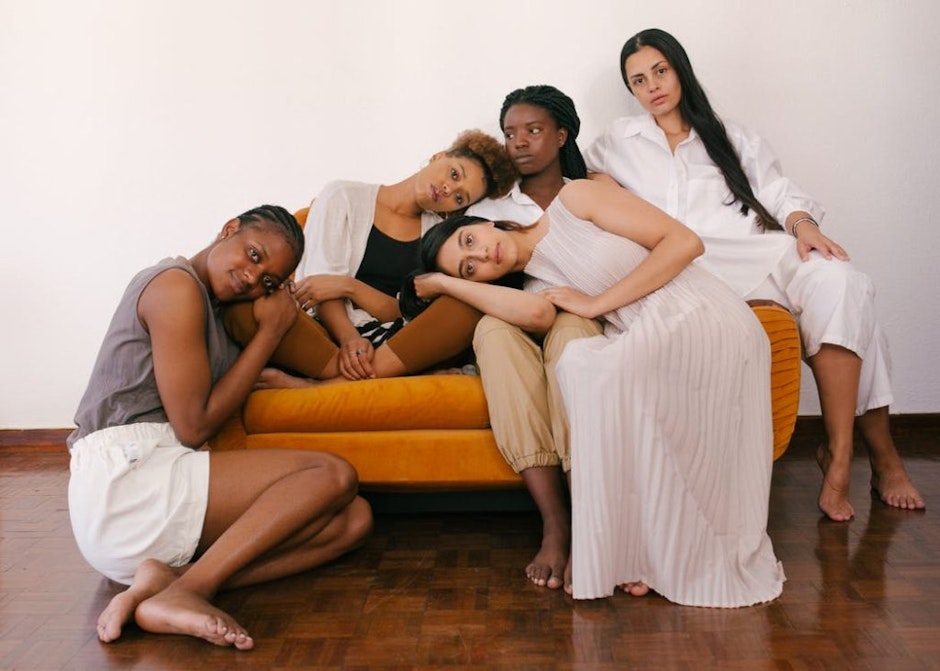Why beauty brands need to be more inclusive and diverse
A lack of diversity and inclusivity is nothing new when we think of the beauty industry

How the beauty industry is diversifying
Technology improvements see more diversification to the beauty market, with services such as laser hair removal now available for darker skin tones. Technology has also transformed online colour matching services which allowed online cosmetic shopping to be easier when non-essential shops were unable to open. However, the research shows that the BAME community is still yet to experience excellent in-store experiences. It is not enough to just be inclusive online; staff in-store need to be confident in their ability to sell to the multicultural market in person.
How well are the BAME community being represented in the beauty industry
The industry continues to see more representation of skin tones and models in large print campaigns. However, BAME influencers are still underrepresented on social media platforms leaving consumers also feeling unrepresented.
The top beauty brands pledged to do more in light of George Floyd’s death. Sharon Chuter, founder and chief executive officer of Uoma Beauty launched a #PullUpOrShutUp campaign. It called for beauty brands who have shown support to Black Lives Matter to publicly release the number of Black executives they have working at the corporate level. Something which is often a problem within large organisations. The team at GottaBe! know that companies who invest in a multicultural team, at executive levels, perform better.
Influencers
The #PullUpOrShutUp campaign encouraged influencers to call out brands who were not representing and paying them equally compared to fellow white influencers. BAME influencers have been shown increasing support since the BLM movement with brands becoming more inclusive in social media campaigns. Our research found 7/10 of the top beauty brands were representing people of colour in at least one of their most recent 9 Instagram posts. But the top beauty brands are not the top choice for the BAME audience.
The brands the BAME audience are more likely to buy from are:
· Fenty
· Mac
· EX1
· Uoma Beauty
· Juvias Palace
Fenty pop star Rhianna hit the beauty industry and created an ultra-personalised product range carrying over 50 colours/tones. Fenty Beauty was named on Time’s list of The 25 Best Inventions of 2017. Bringing more choice to deeper complexions the company was valued at a reported $72m in the first month of sale. As it stands Fenty is still the top choice makeup brand for BAME audiences and is proof it is worth investing in products to provide for a variety of skin tones.
Consumers need to feel they are represented and that the brand's values match their pledges. There has been a rise in multicultural creators across platforms as brands realise the importance of representing minorities. However, the beauty industry still needs to work harder to represent across the board.
Brands are revamping how they communicate with consumers. Social media has created a 2-way dialogue between consumers and brands. By listening to their consumer's brands are able to boost sales ensuring they are providing quality, not just quantity.
With more diverse campaigns needing to become standard within the industry. Multicultural beauty consumers are demanding more and voting with their feet when a brand does not live up to the expectations.
What brands looking to embrace multicultural beauty market need to do
Brands need to do more than release 40 shades of foundation. If there is no care and consideration consumers will not be sold on the product or the brand.
Small steps are being made in the beauty industry to be more inclusive to multicultural audiences. But more needs to be done. Brands have realised the benefits of diversifying their products and are continuing to work with communities to better the services they offer.
The team at GottaBe! is truly multicultural and we understand the importance and benefits of targeting the multicultural industry. We understand how best to represent and reach the multicultural beauty market and our team is available to assist your brand. Here are our Top 5 tips to ensure you are reaching the multicultural beauty market:
1. Provide diverse training
2. Be consistent
3. Represent everyone
4. Communicate
5. Care
Get in contact with us today on +4423 8063 4283 or complete our contact form to schedule a chat with our multicultural marketing experts.

